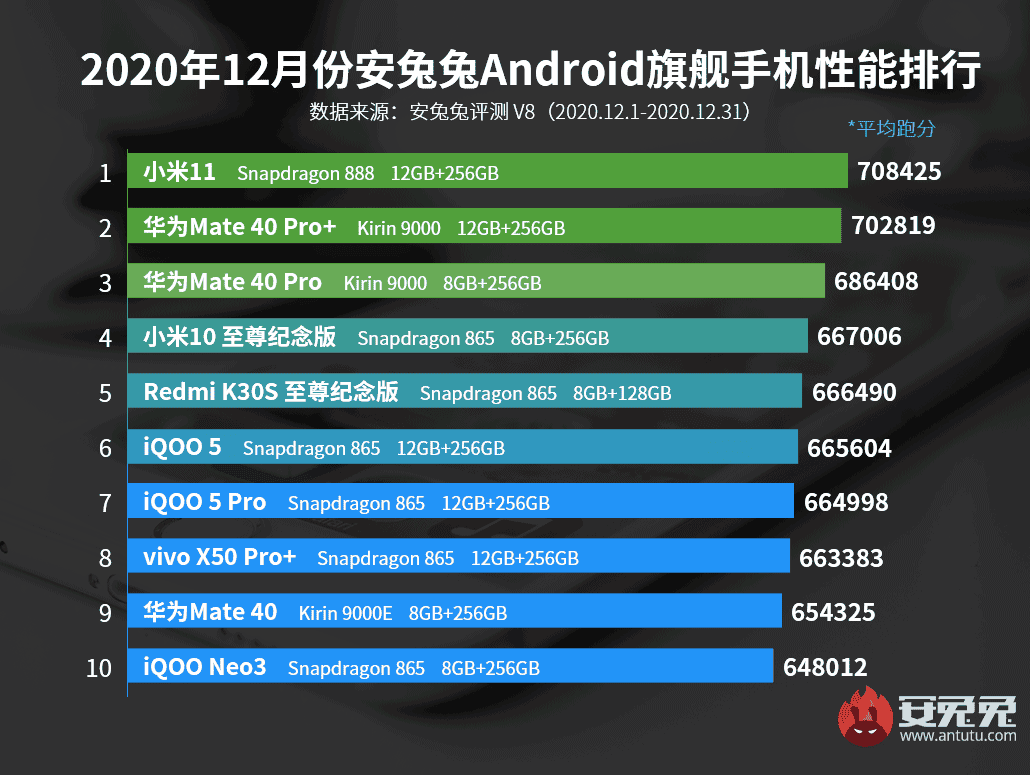A photo of the new flagship Xiaomi Mi 11 smartphone was posted on Twitter today, which is broken so that its body folded at an angle of almost 90 degrees.
The publisher of the photo is unknown, so it is not clear what kind of trouble the Xiaomi Mi 11 got into and what caused such a deformation of the case. On Twitter, this particular incident was jokingly dubbed the Xiaomi Mi Flip 11, hinting at its external resemblance to the Samsung Galaxy Z Flip.

We can say that the new flagship Xiaomi Mi 11 did not pass the bending test, but it is worth waiting for the verdict of the well-known smartphone tester Zack Nelson, who will probably soon post the Mi 11 test video on his JerryRigEverything channel.
Xiaomi Mi 11 is the first phone to be based on the Qualcomm Snapdragon 888 SoC. It also features an infrared port, NFC, an in-screen fingerprint reader with heart rate measurement, Harman Kardon speakers and other features such as the ability to output sound directly to two pairs of fully wireless headphones.
Xiaomi Mi 11 with Snapdragon 888 is the new performance king in AnTuTu
The team of the popular AnTuTu benchmark platform has released their monthly ranking of the most powerful flagship Android smartphones for the Chinese market. A new leader has reigned in the December 2020 rankings. It is quite natural that they became Xiaomi Mi 11 based on the latest flagship SoC – Qualcomm Snapdragon 888. It scored 708 425 points and noticeably broke away from the previous leaders – Huawei Mate 40 Pro+ and Huawei Mate 40 Pro.
The Kirin 9000-based Huawei flagships ranked second and third, respectively, with 702,819 and 686,408 points. This is followed by a series of models based on Snapdragon 865 – Xiaomi Mi 10 Ultra, Redmi K30S, iQOO 5 and iQOO 5 Pro, as well as Vivo X50 Pro +.
Rounding out the top ten performance leaders is the Huawei Mate 40 based on the Kirin 9000E and the iQOO Neo3 based on the Snapdragon 865.
The data were collected from December 1 to December 31 of this year. It is worth noting that the table shows average, not the highest, results; with at least 1,000 test results used for each model.

Xiaomi Mi 11 specifications
- 6.81-inch (3200×1440 pixels) Quad HD+ AMOLED 20:9 HDR10 + display with 120Hz refresh rate, 1500nit (HBM); 900nit (Typ) brightness, 5000000:1 (Min) contrast ratio, MEMC, 100% DCI-P3 Wide Color Gamut, Corning Gorilla Glass Victus protection
- Octa Core Snapdragon 888 5nm Mobile Platform with Adreno 660 GPU
- 8GB LPPDDR5 3200MHz RAM with 128GB; 256GB UFS 3.1 storage; / 12GB 3200MHz LPPDDR5 RAM with 256GB UFS 3.1 storage
- Dual SIM (nano + nano)
- MIUI 12 based on Android 11
- 108MP rear camera with 1/ 1.33″ Samsung sensor, 0.8μm pixel size, f/1.85 aperture, OIS, LED flash; 13MP 123° ultra-wide angle lens with f/2.4 aperture; 5MP telemacro camera with f/2.4 aperture, 8k at 30fps, 4k 60fps, 960fps at 720p
- 20MP front-facing camera with 0.8μm pixel size, f/2.4 aperture
- In-screen fingerprint sensor with heart rate monitoring, Infrared sensor
- USB Type-C audio, Hi-Res audio, Dual speakers, SOUND BY Harman Kardon
- Dimensions: 164.3x 74.6 x 8.06mm (glass)/8.56mm (leather); Weight: 196g (glass) / 194g (leather)
- 5G SA/NSA Dual 4G VoLTE, Wi-Fi 6E 802.11 ax 8 x; MU-MIMO, Bluetooth 5.1, GPS (L1 + L5), NFC, USB Type-C
- 4600mAh (Typical) / 4500mAh (Minimum) battery with 55W wired QC4+ / QC3+ / PD3.0; 50W wireless fast charging, 10w wireless reverse charging
Xiaomi Mi 11 Pro appears with a completely new camera in two colors
A new image has been posted on the Chinese social network Weibo, which allegedly shows the Xiaomi Mi 11 Pro smartphone in two different colors.
Recall that the standard version of Xiaomi Mi 11 went on sale today, while the manufacturer did not even announce the Xiaomi 11 Pro, which is expected to be presented only in February.

Sources claim that smartphones will have very different cameras. In this regard, Mi 11 did not surprise; it received the usual set of sensors with a resolution of 108, 13 and 5 megapixels without a periscope camera. Xiaomi Mi 11 Pro should receive four modules, including a periscope camera. The render says 120x zoom. A similar combination was in use in last year’s Xiaomi Mi 10 Ultra smartphone.
The Mi 11 Pro display will also support a 120Hz refresh rate, SDR to HDR conversion, MEMC anti-aliasing technology and AI scaling. In addition, the smartphone should have support for faster charging than the Mi 11.






PUH LEASE JERRY RIG- lol useless tests making money
Once it bends-it is already damaged it does not need to go to failure DUH….self-styled experts doing tests and posting for all their brainwashed subscribers,,,all a money making RIG